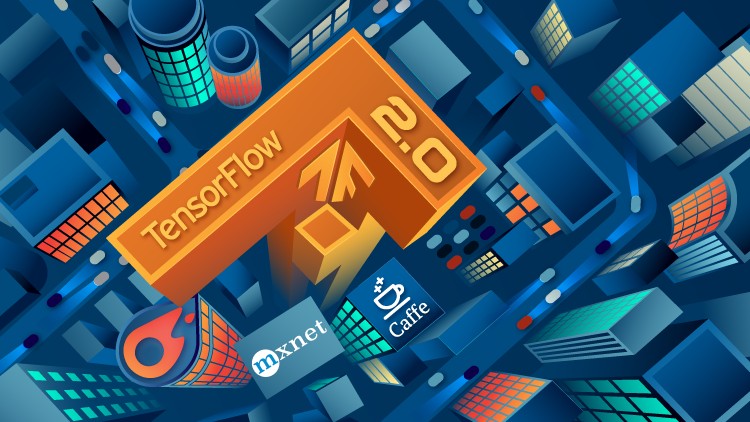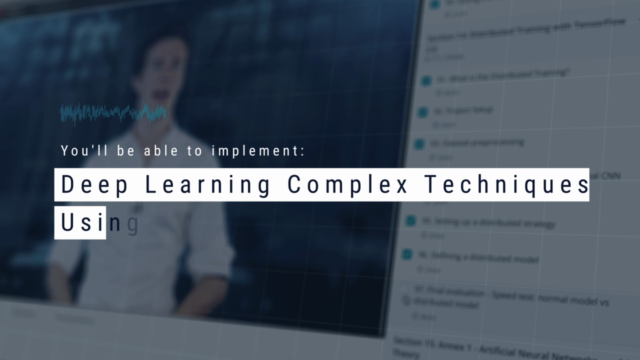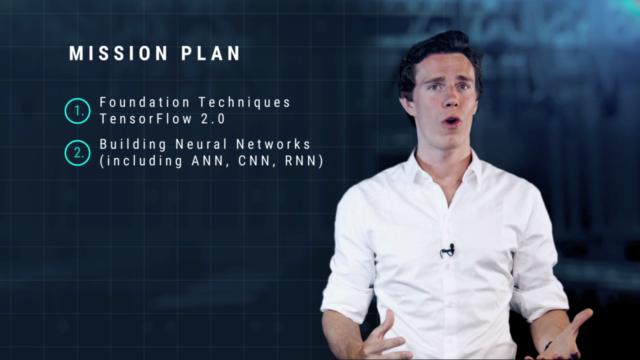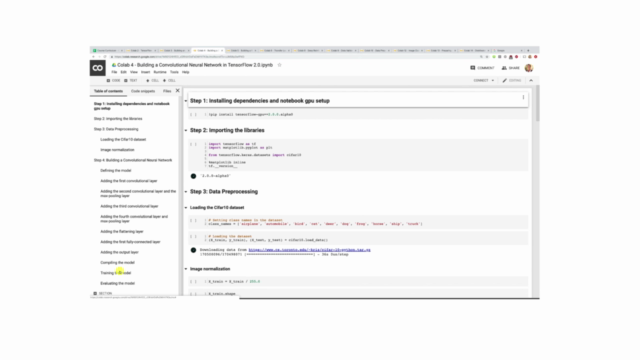A Complete Guide on TensorFlow 2.0 using Keras API
Build Amazing Applications of Deep Learning and Artificial Intelligence in TensorFlow 2.0
4.40 (1985 reviews)

55,215
students
13 hours
content
Feb 2025
last update
$84.99
regular price
What you will learn
How to use Tensorflow 2.0 in Data Science
Important differences between Tensorflow 1.x and Tensorflow 2.0
How to implement Artificial Neural Networks in Tensorflow 2.0
How to implement Convolutional Neural Networks in Tensorflow 2.0
How to implement Recurrent Neural Networks in Tensorflow 2.0
How to build your own Transfer Learning application in Tensorflow 2.0
How to build a stock market trading bot using Reinforcement Learning (Deep-Q Network)
How to build Machine Learning Pipeline in Tensorflow 2.0
How to conduct Data Validation and Dataset Preprocessing using TensorFlow Data Validation and TensorFlow Transform.
Putting a TensorFlow 2.0 model into production
How to create a Fashion API with Flask and TensorFlow 2.0
How to serve a TensorFlow model with RESTful API
Screenshots




2400948
udemy ID
6/6/2019
course created date
8/31/2019
course indexed date
Bot
course submited by